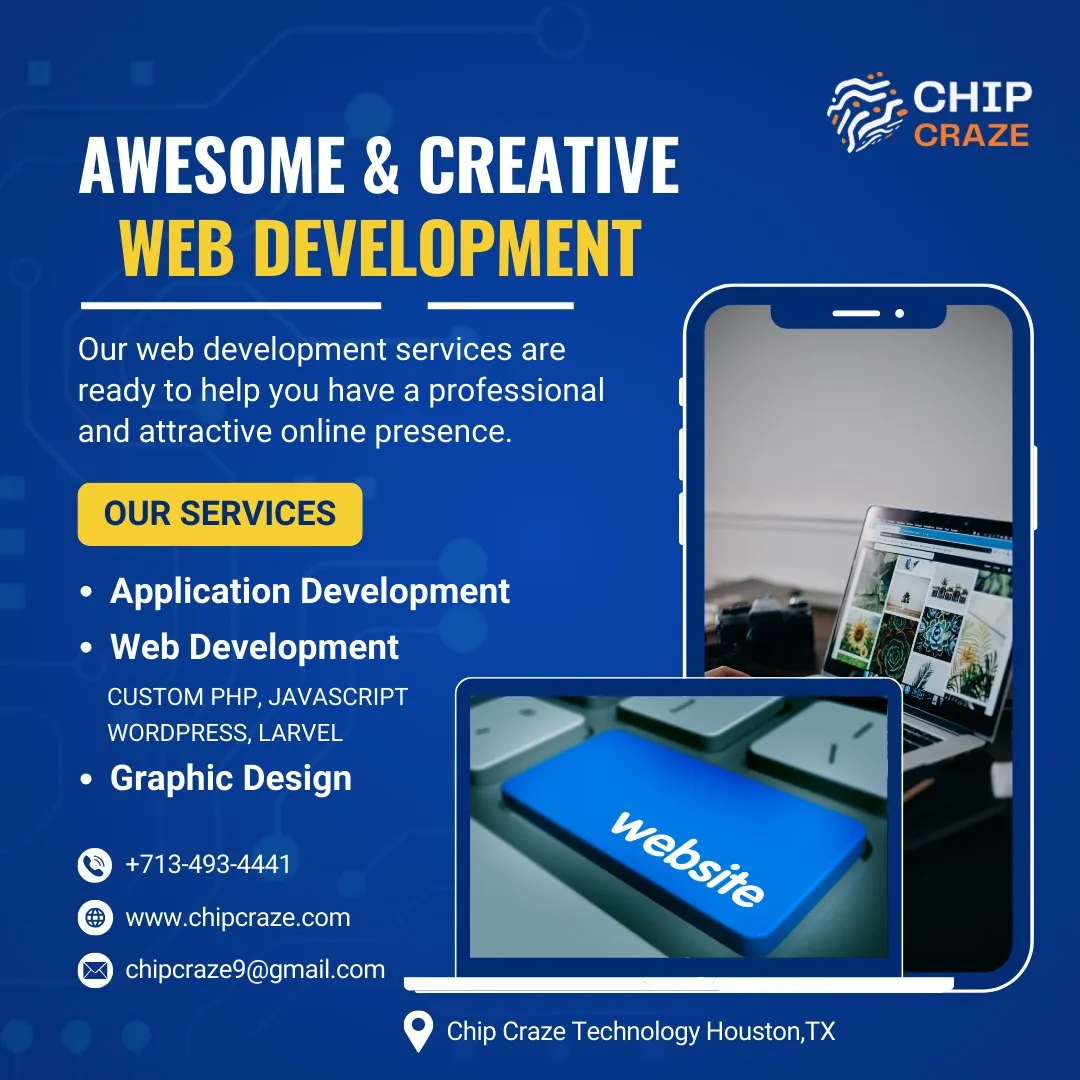
In today’s digital landscape, businesses are constantly seeking innovative ways to improve user experience and engagement. One of the most effective strategies gaining momentum is the development of Progressive Web Apps (PWAs). Combining the best features of both web and mobile applications, PWAs offer a seamless, fast, and engaging experience to users. Let’s explore how building PWAs can enhance user experience and provide a competitive edge for your business.
What are Progressive Web Apps (PWAs)?
Progressive Web Apps are web applications that leverage modern web capabilities to deliver an app-like experience to users. They are designed to work on any browser, providing a consistent and engaging experience regardless of the platform. Key features of PWAs include:
- Reliability: PWAs load instantly, even in uncertain network conditions, ensuring users have access to content at all times.
- Speed: By caching resources and content, PWAs provide a faster loading experience, reducing waiting times and improving user satisfaction.
- Engagement: PWAs offer features such as push notifications, offline access, and home screen installation, enhancing user engagement and retention.
Benefits of PWAs for Businesses
- Improved Performance: PWAs are designed to be fast and responsive. By caching assets and utilizing service workers, PWAs significantly reduce load times, leading to a smoother and more enjoyable user experience. This improved performance can result in higher user retention and increased conversion rates.
- Offline Access: One of the standout features of PWAs is their ability to function offline. By caching data and content, PWAs allow users to access the application even without an internet connection. This ensures that your users can interact with your app anytime, anywhere, improving user satisfaction and reliability.
- Increased Engagement: PWAs can send push notifications, keeping users informed and engaged with your content. Additionally, users can add PWAs to their home screen, providing easy access and encouraging frequent use. These features help maintain user interest and drive continuous interaction with your application.
- Cost-Effective Development: Developing a single PWA eliminates the need to create separate apps for different platforms (iOS, Android, web). This reduces development costs and maintenance efforts, making it a cost-effective solution for businesses looking to expand their digital presence.
- Enhanced Security: PWAs leverage HTTPS to ensure secure communication between the user and the server. This enhances the security of your application, protecting user data and building trust with your audience.
Key Components of a PWA
To build a successful PWA, certain components are essential:
- Service Workers: Service workers act as a proxy between the web app and the network, enabling offline functionality and caching. They ensure that the app loads quickly and reliably, even in poor network conditions.
- Web App Manifest: The web app manifest is a JSON file that provides metadata about the app, including its name, icons, theme color, and start URL. This allows the PWA to be installed on the user’s home screen, providing a native app-like experience.
- HTTPS: PWAs must be served over HTTPS to ensure secure connections. This is crucial for protecting user data and maintaining the integrity of the app.
Steps to Build a PWA
- Start with a Responsive Design: Ensure your web application is mobile-friendly and responsive. This is the foundation of a great PWA experience.
- Implement Service Workers: Set up service workers to handle caching and offline functionality. This involves defining caching strategies and handling fetch events to serve cached content.
- Create a Web App Manifest: Define your app’s metadata in a web app manifest file. Include necessary details like the app’s name, icons, and start URL to enable home screen installation.
- Enable HTTPS: Secure your website with HTTPS. Obtain an SSL certificate and configure your server to serve content over HTTPS.
- Test and Optimize: Use tools like Google Lighthouse to test your PWA’s performance, accessibility, and best practices. Optimize your app based on the results to ensure a high-quality user experience.
Conclusion
Building Progressive Web Apps (PWAs) is a powerful way to enhance user experience and engagement. By combining the best features of web and mobile apps, PWAs offer fast, reliable, and engaging experiences that can drive higher user retention and satisfaction. For businesses looking to stay ahead in the digital age, investing in PWA development is a strategic move that promises significant returns. Embrace the future of web development with PWAs and provide your users with an unparalleled digital experience.








